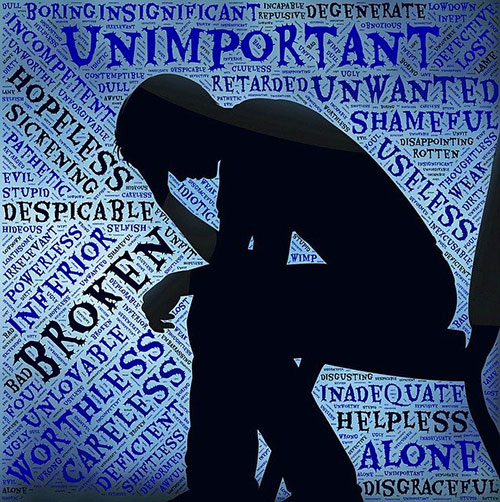“We don’t kill ourselves. We are simply defeated by a long, hard struggle to stay alive. When somebody dies after a long illness, people often say with a note of approval that the person fought very hard. They think that in a suicide no fight was involved and that the person simply gave up. This is quite wrong.”
– Sally Brampton

What Drives So Many People to Take Their Own Lives?
People who die by suicide don’t want to end their lives; they want to end their pain. Most are deeply conflicted. They wish there was an alternative to suicide, but they can’t see one.
Suicide is a major public health concern and a leading cause of preventable death worldwide. The impact on the family and community is immeasurable. Empowering ourselves to identify, assess and refer is an important step in suicide prevention. Suicide prevention starts with recognizing the warning signs.
What Are the Warning Signs?
- Preoccupied behaviour or talking about death or suicide
- Hopelessness or helplessness
- Loss of interest, withdrawn or rebellious behaviour, neglect in self care
- Seeking out lethal means
- Self-loathing or self-hatred
- Self-destructive behaviour
- Sense of calm
- Getting affairs in order/Giving away cherished possessions
- Change in sleep pattern
We need to work through the suicidal feelings and focus on strength and ambivalence. The more openly a person talks, the less his or her turmoil. The person is also likely to become more reflective.
What Are the Steps Involved in Promoting Effective Communication? How Can We Help People Express Their Feelings?
Speak Up/Ask
Asking at risk individuals does not plant the idea of suicide. Instead it actually gives them the opportunity to express their feelings. When a person talks to you, this is how you can respond to be supportive:
- Be yourself and listen attentively
- Be empathetic, non-judgemental and offer hope
- Take the person seriously and be prepared to give them some time to talk
- Don’t argue/Act shocked/Blame yourself
- Don’t take responsibility or promise confidentiality
Often, we might not know what to say. In such cases, the following conversation starters can be helpful:
- “I have been concerned about you lately.”
- “I wanted to check in with you because you don’t seem yourself lately.”
The following empathetic statements also help:
- “You are not alone in this. I am here for you.”
- “I care about you and want to help.”
- “You may not believe it now but the way you are feeling will change.”
Help and Support
Many difficult emotions may surface while trying to help someone who is suicidal. So, don’t forget to take care of yourself. To help a suicidal person:
- Get professional help: Professionals can treat any illness and improve coping strategies.
- Follow up on treatment
- Be proactive at offering assistance
- Encourage lifestyle changes
- Help identify triggers
- Provide long term support
“You say you are depressed. All I see is resilience. You are allowed to feel messed up and inside out. It doesn’t mean you are defective. It just means you are human.”
– David Mitchell, Cloud Atlas
Mental well-being isn’t an indulgence. It is a necessity.

Dr. Sujatha Velmurugan
Consultant Psychiatrist
Kauvery Hospital, Chennai

